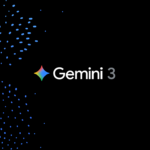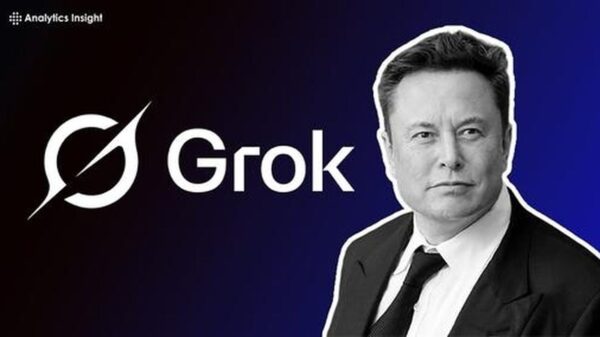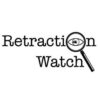Earlier this month, JFrog unveiled new AI governance capabilities at swampUP Europe, introducing Shadow AI Detection to its Software Supply Chain Platform. This development is significant as it helps enterprises monitor and control the use of AI models and APIs, addressing growing organizational concerns about unapproved AI adoption.
Key Features
The key feature of Shadow AI Detection is its ability to automatically discover and catalog both internal and third-party AI assets. This capability is designed to improve oversight and ensure compliance within organizations that increasingly rely on AI technologies. By automating the discovery process, JFrog aims to provide enterprises with better control over their AI resources, which is crucial for maintaining regulatory compliance in a rapidly changing technological landscape.
How the Tool Works
While exact details were not provided in the source, it can be inferred that Shadow AI Detection functions by scanning an organization’s digital environment to identify and categorize AI models and APIs. This automated discovery process likely includes monitoring the use of AI assets to ensure they align with compliance standards and internal governance policies. Additionally, this functionality enhances the security posture of enterprises, as it allows them to mitigate risks associated with unapproved AI implementations.
Use Cases and Who It’s For
Shadow AI Detection is particularly beneficial for enterprises that face increasing regulatory scrutiny regarding AI adoption. Organizations in sectors where compliance is critical, such as finance, healthcare, and manufacturing, can leverage this tool to enhance their governance frameworks. By cataloging AI assets effectively, companies can better manage their AI usage and align it with both legal requirements and internal policies. This tool is designed for compliance officers, IT security teams, and decision-makers who need to ensure that AI technologies are adopted responsibly and safely within their organizations.
Limitations or Risks
While the introduction of Shadow AI Detection presents numerous benefits, it does not immediately resolve all challenges that enterprises might face. For instance, if large enterprise deals are lost or delayed, it could lead to earnings volatility for JFrog, impacting near-term revenue and margin expectations. Additionally, challenges related to elongated enterprise sales cycles and cloud migration could pose risks to the adoption of this new capability.
Industry Context
The launch of Shadow AI Detection fits into a broader trend toward enhanced governance and security in AI adoption. As enterprises increasingly integrate AI into their workflows, the need for robust governance frameworks becomes more pronounced. This tool complements JFrog’s earlier rollout of an enhanced AI Catalog, reinforcing the company’s value proposition in secure, centralized AI model management. The growing emphasis on regulatory compliance in AI usage reflects a crucial shift in the software supply chain landscape, positioning JFrog as a trusted provider of unified DevSecOps solutions supporting multi-cloud and hybrid environments.
 Meta Launches AI ‘Project Luna’ Amid Revenue Surge and Leadership Changes
Meta Launches AI ‘Project Luna’ Amid Revenue Surge and Leadership Changes Apple Mandates Clear Disclosure on Third-Party AI Data Usage in App Store Guidelines
Apple Mandates Clear Disclosure on Third-Party AI Data Usage in App Store Guidelines Roper Technologies Appoints Shane Luke as AI SVP to Boost Long-Term Growth Strategy
Roper Technologies Appoints Shane Luke as AI SVP to Boost Long-Term Growth Strategy OpenAI Launches Gemini 3 with Generative Interfaces and Enhanced Shopping Features
OpenAI Launches Gemini 3 with Generative Interfaces and Enhanced Shopping Features Google Launches Gemini 3 and Notebook LM to Revolutionize Marketing Strategies
Google Launches Gemini 3 and Notebook LM to Revolutionize Marketing Strategies









































































